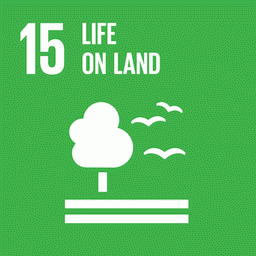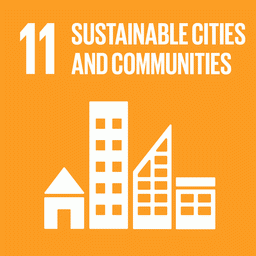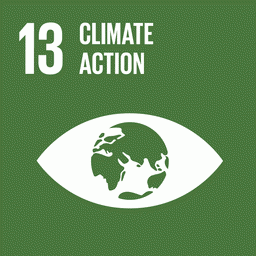Karina Custódio*
150 thousand hectares of recovering forests in the Amazon were burnt in 2023, of which 130,000 (88%) were burnt in the first 20 years of regeneration, when they remove the most carbon from the atmosphere. The data is part of a study published in the scientific journal Environmetal Research Letters with the participation of IPAM (Amazon Environmental Research Institute).
The research highlights that 55% (82,000 hectares) of the burned forests were in their first years of recovery, between 1 and 6 years.
Secondary forests, or forests in recovery, are those that have been deforested and have started to grow again. The study explains that in their first 20 years of recovery, this type of vegetation removes 11 times more carbon from the atmosphere than primary forests, those that have not been disturbed in any way.
“Secondary forests play an important role in mitigating the effects of climate change by removing carbon from the atmosphere. Even so, secondary vegetation is not protected at federal level – not even by the Forest Code. Forests in their early stages of regeneration are more vulnerable to fire and other disturbances and need as much protection as primary forests. It is important to point out that primary forests should not be replaced by secondary forests, since their deforestation would release thousands of tons of carbon dioxide, which would take years to be reabsorbed by secondary forests,” points out Celso H. L. Silva Junior, a researcher at IPAM and one of the authors of the study.
Brazil’s NDC (Nationally Determined Contribution) establishes the restoration of 12 million hectares of forest. The researcher points out that the conservation of secondary forests is vital to meeting the target.
To carry out the survey, the researchers developed a database with images of secondary forests taken from MapBiomas’ land use module, which were cross-referenced with the burned area data present in MapBiomas’ fire module.
Legislation must be expanded
In the study, researchers analyze policies implemented in Pará, such as the improvement of the Juquira Law, which defined that forests between 5 and 20 years old should be preserved when they reach a certain level of density. According to the research, the previous legal framework did not establish specific criteria for protecting vegetation, which prevented it from being applied, but the state government created an initiative in collaboration with research entities that determined specific characteristics for protection.
The authors point out that if all of Brazil’s secondary vegetation were conserved by a law similar to the one in Pará, a third of the Amazon’s secondary forests would grow without disturbance from fire or deforestation.
*IPAM communications analyst
*Cover image: Sara Leal/IPAM



